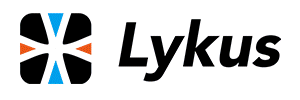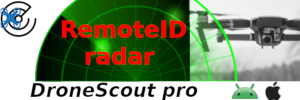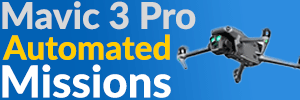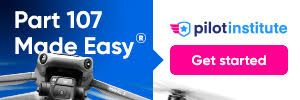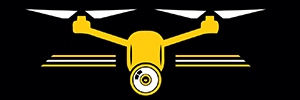View attachment 24822
can't get much smaller then that. transponder stuck on bumblebee.
from wikipedia
Aviation
For more details on this topic, see
Transponder (aeronautics).
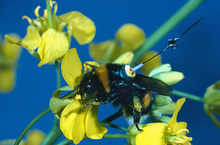
Another type of transponder occurs in
identification friend or foe systems in military aviation and in
air traffic control secondary surveillance radar (beacon radar) systems for
general aviation and
commercial aviation.
Primary radar works best with large all-metal aircraft, but not so well on small, composite aircraft. Its range is also limited by terrain and rain or snow and also detects unwanted objects such as automobiles, hills and trees. Furthermore, it cannot always estimate the altitude of an aircraft.
Secondary radar overcomes these limitations but it depends on a transponder in the aircraft to respond to interrogations from the ground station to make the plane more visible.
Depending on the type of interrogation, the transponder sends back a
transponder code (or "squawk code", Mode A) or altitude information (Mode C) to help air traffic controllers to identify the aircraft and to maintain separation between planes. Another mode called Mode S (Mode Select) is designed to help avoiding over-interrogation of the transponder (having many radars in busy areas) and to allow automatic collision avoidance. Mode S transponders are
backward compatible with Modes A and C. Mode S is mandatory in
controlled airspace in many countries. Some countries have also required, or are moving towards requiring, that all aircraft be equipped with Mode S, even in
uncontrolled airspace. However, in the field of general aviation there have been objections to these moves, because of the cost, size, limited benefit to the users in uncontrolled airspace, and, in the case of
balloons and
gliders, the power requirements during long flights.






